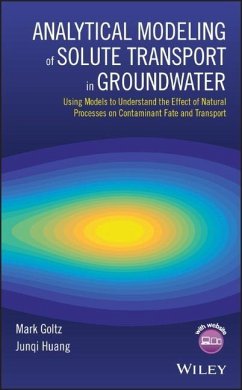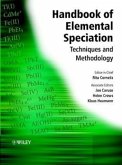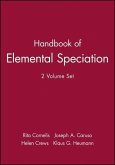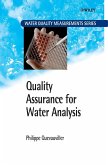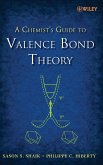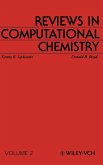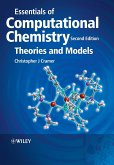A strong teaching tool, this book goes well beyond previous endeavors in its ability to not only teach the models used in hydrogeology, but apply and understand their impacts. It includes a compendium of one, two, and three dimensional analytical solutions to illustrate how different processes can impact the movement and ultimate fate of a subsurface contaminant. Collecting the many loose solutions in one volume, this book offers students a practical resource accompanied by a CD that aids in simulating the impact of processes and parameter values on transport behavior.
Emphasizes use of models to understand the impact of subsurface processes on contaminant transport Groundwater is a critical resource that is relied upon by hundreds of millions of people globally. Contamination is an important problem that threatens people's access to sources of safe, clean, and plentiful groundwater in both developed and developing countries alike. To address this problem, an understanding of how contaminants in the subsurface behave is crucial, as a result of the physical, chemical, and biological processes that affect their movement. To gain this understanding, mathematical models are applied to simulate the fate and transport of groundwater contaminants. Modeling is an excellent way to gain an understanding of how nature behaves. In particular, analytical models are great teaching tools, allowing students to visualize under greatly simplified conditions how the presence, absence, or change of a natural process may affect behavior. Analytical Modeling of Solute Transport in Groundwater: Using Models to Understand the Effect of Natural Processes on Contaminant Fate and Transport provides a strong teaching tool, going well beyond previous endeavors by not only presenting the models used to describe groundwater contaminant behavior but also systematically applying the models to clearly demonstrate to the reader how naturally occurring physical, chemical, and biological processes affect the fate and transport of contaminants in the subsurface. Analytical Modeling of Solute Transport in Groundwater includes: * A companion website with a downloadable modeling tool that is integrated with the text, allowing the reader to conduct simulations in order to graphically demonstrate the impact of processes on groundwater contaminant behavior * A compendium of analytical solutions along with examples of how these solutions are derived from the governing model equations * Example illustrations showing the effect of process parameter values on remediation efficacy, as well as how simple analytical models can be used to interpret the results of field observations Researchers, students, and professionals in environmental engineering and hydrogeology studying the fate, transport, and remediation of contaminants in the subsurface will find the collected material useful in their studies.
Hinweis: Dieser Artikel kann nur an eine deutsche Lieferadresse ausgeliefert werden.
Emphasizes use of models to understand the impact of subsurface processes on contaminant transport Groundwater is a critical resource that is relied upon by hundreds of millions of people globally. Contamination is an important problem that threatens people's access to sources of safe, clean, and plentiful groundwater in both developed and developing countries alike. To address this problem, an understanding of how contaminants in the subsurface behave is crucial, as a result of the physical, chemical, and biological processes that affect their movement. To gain this understanding, mathematical models are applied to simulate the fate and transport of groundwater contaminants. Modeling is an excellent way to gain an understanding of how nature behaves. In particular, analytical models are great teaching tools, allowing students to visualize under greatly simplified conditions how the presence, absence, or change of a natural process may affect behavior. Analytical Modeling of Solute Transport in Groundwater: Using Models to Understand the Effect of Natural Processes on Contaminant Fate and Transport provides a strong teaching tool, going well beyond previous endeavors by not only presenting the models used to describe groundwater contaminant behavior but also systematically applying the models to clearly demonstrate to the reader how naturally occurring physical, chemical, and biological processes affect the fate and transport of contaminants in the subsurface. Analytical Modeling of Solute Transport in Groundwater includes: * A companion website with a downloadable modeling tool that is integrated with the text, allowing the reader to conduct simulations in order to graphically demonstrate the impact of processes on groundwater contaminant behavior * A compendium of analytical solutions along with examples of how these solutions are derived from the governing model equations * Example illustrations showing the effect of process parameter values on remediation efficacy, as well as how simple analytical models can be used to interpret the results of field observations Researchers, students, and professionals in environmental engineering and hydrogeology studying the fate, transport, and remediation of contaminants in the subsurface will find the collected material useful in their studies.
Hinweis: Dieser Artikel kann nur an eine deutsche Lieferadresse ausgeliefert werden.

